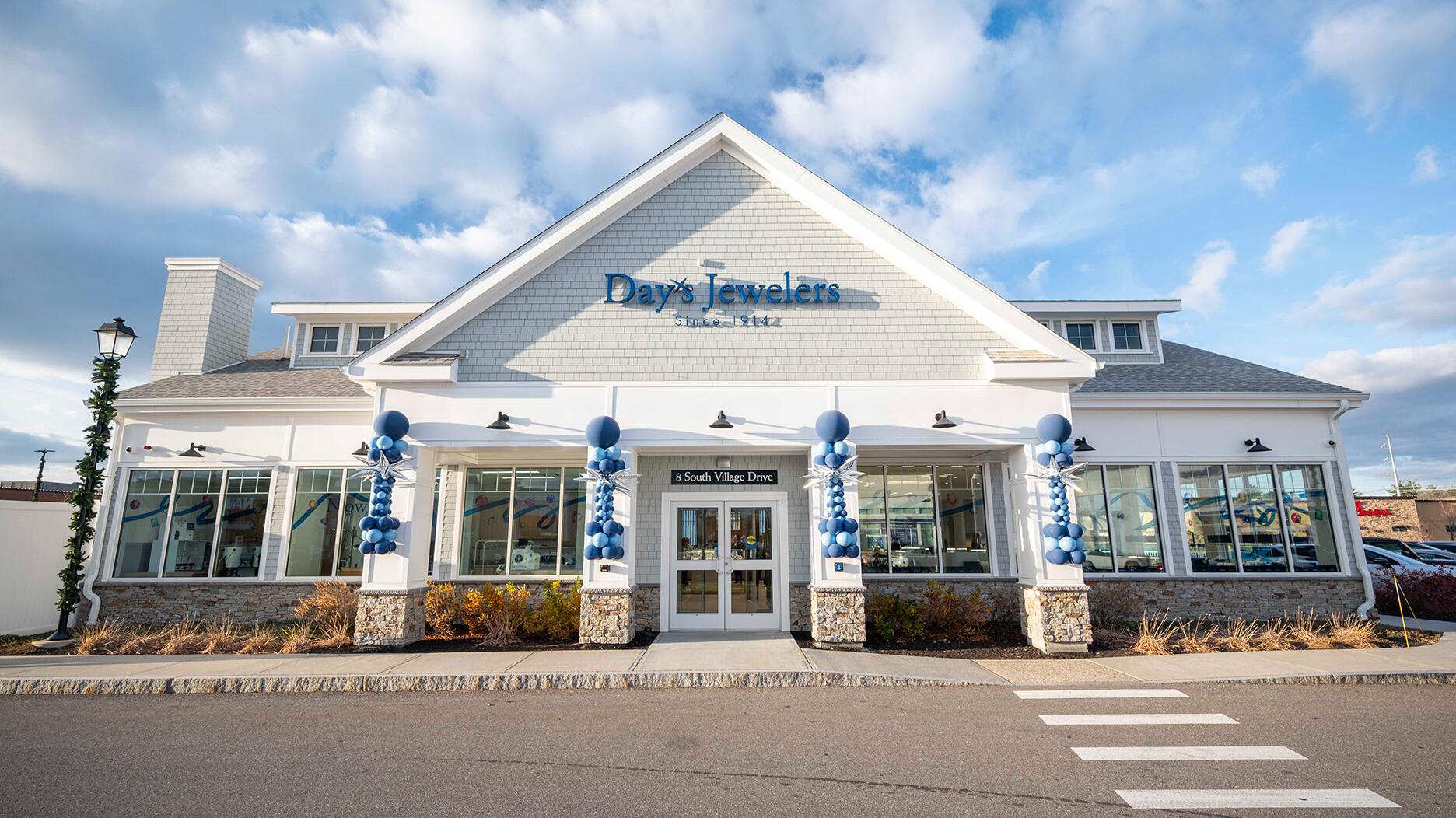In the recent multi-shipment seizure, CBP also found counterfeit Audemars Piguet, Moncler, and Chrome Hearts items.
Column: How to Build an Effective Sales Plan
Forecasting business growth without any sort of tangible plan on exactly how a company will reach those sales goals is baseless, Peter Smith says.

I had dinner in New York this past week with a young road salesman. He is, in many ways, an anomaly as there are precious few young people coming into our business. He asked me why I thought so many sales reps seemed to go from job to job in our industry, rarely staying any length of time with the same company.
There are, of course, a great many reasons why that happens--lack of fit in that particular culture (ask me about that one sometime over a glass or three of Pinot Noir!), promises made and unfulfilled on both sides, under-performance by the rep or under-delivery by the company and so on and so forth.
It seems to me, however, that the biggest reason for the revolving door has to do with irrational expectations on the part of the hiring company. The phenomenon is particularly widespread on the wholesale and branded side of our business, but it also is related to an issue that I see frequently on the retail side too. It is what Pulitzer Prize-winning economist and eminent psychologist Daniel Kahneman calls delusional optimism. In short, it means that we create a set of expectations that are not connected to anything more than hope and happenstance.
The thinking goes, if I did X amount of business last year, then it necessarily follows that I should do X plus 20 percent, or whatever number you dream up, this year. While the outcome is completely different on the two sides of the equation--the wholesaler tends to pull the trigger too fast and rid themselves of the “failing” sales person, and the retailer tends to hold onto him for 10 years--the illogic of goal setting is all too often flawed in the extreme. The burden of failure falls heavily on the salespeople who, if truth be told, were wearing wings and sporting halos when they first were interviewed.
I recently heard of a company that lowered its prices and predicted that sales would triple as a consequence. Since we don’t have a crystal ball, we can only surmise what the outcome of that action might be. But Kahneman cites numerous studies in his ground-breaking book, Thinking Fast And Slow, that show price reductions actually result in a 15 percent decrease in business, not an increase and certainly not triple the business.
Whether that particular company will buck the trend and realize
Goal setting is, without a shadow of a doubt, an inexact science. We can and should look at past performance as a frame of reference, but doing so in and of itself is hardly sufficient to establish that your company or store ought to grow X percent in the coming year. Growing a businesses is, at its most basic level, a function of two things: either selling more stuff to your current customers, or acquiring more customers to whom you can sell products. A combination of the two, of course, is ideal.
Understanding how to impact those two outcomes is where many companies seem to fall short. Rather than getting their teams around a table and working the issue, they lazily and irrationally foist an increase on to the previous year’s result and expect that by some form of osmosis, it will be magically delivered.
To logically forecast sales goals, you have to invest the necessary time in working it with your team. You’ve got to break it down to its lowest common denominator and have a very clear and specific plan for how the number will be met.
“Planning an increase in business is not always the best plan. Sometimes the model is broken and the business needs to be rebuilt from the foundation up ... Adding more floors onto a fractured foundation is never a good idea.”Doing more business with your existing customers means that you will not see any decline in their frequency or loyalty to your business (how is your customer retention?) and that your average sale to each will be greater than the previous year. That can happen by selling them more units, or by selling them the same number of units at a higher price.
So ask yourself, why will my customers spend more per transaction? Do I have a plan to improve my teams’ up-selling or cross-selling capabilities? Is there a plan to provide a better product or a noticeably improved customer experience? Are you implementing a strategy of clienteling that will see those customers visit your store more frequently and buy more from you when they do?
Any of the aforementioned efforts, provided there is a strategy to effectively implement and execute them, are worthwhile and should provide fuel for optimism in building your sales plan. If there are no specific steps to address those and other tangible areas of your business, then a forecast of increased business with your existing clients is baseless.
To acquire new customers, you must communicate a value proposition to people (or stores, if you are on the wholesale side of the business) that they have not previously heard about or cared about. One of the most obvious (I didn’t say easy) ways is to convert more people into customers. If you are converting three out of every 10 prospective customers (30 percent) and you increase that conversion to four of every 10, you will have grown your business by 33 percent. That’s a huge number, and yet I can count on one hand the number of times I have heard retailers develop a strategy to convert better.
Here’s a tip: start by installing a door counter. Creating a 33 percent increase in your business through marketing, product development, PR and social media would cost a small fortune and yet it is possible to do that by implementing a strong program of converting existing prospects into customers.
To drive more people into your store (hopefully not to have them fall through the cracks because of your lousy conversion ratio), you will need to examine all of your communication efforts. By definition, people that did not come into your store were not moved to do so by your previous marketing and communication efforts. There isn’t a year that goes by when we don’t have something to celebrate and yet those people that you are trying to inspire did not elect to frequent your store.
Again, get the team around a table and work the problem. What are you trying to say to whom? Why do you think that your message did not resonate last year?
Something has to move them, to inspire them to visit you when they had not previously done so. There might be an opportunity to better focus your message (telling less and doing it more often beats the daylights out of noise for its own sake). Perhaps what you are really saying is different than what you think you are saying ... “Hey, we’re all about bridal … did you see my Rolex billboard coming in?”
By the way, I should point out that planning an increase in business is not always the best plan. Sometimes the model is broken and the business needs to be rebuilt from the foundation up. In those situations, where the leader has the courage and conviction to do it, the business might be better served by forecasting flat or even declining sales while you retool. Adding more floors onto a fractured foundation is never a good idea.
David Brooks wrote about leaders in The Social Animal, saying “If there was one trait the best of them possessed, it was a talent for simplification. They had the ability to take a complex situation and capture the heart of the matter in simple terms.”
Again, there are two ways to grow the business: more from existing customers and/or more new customers. If you are going to build an increase into your numbers, you should be able to point to one or both of the above opportunities and explain how and why you believe you will get there.
In the meantime, be kind to my young friend if he comes calling. He’s one to watch for the future!
Peter Smith, author of Hiring Squirrels: 12 Essential Interview Questions to Uncover Great Retail Sales Talent, has spent more than 30 years building sales teams at retail and at wholesale. He currently is president of Vibhor Gems. Email him at peter@vibhorgems.com, dublinsmith@yahoo.com or reach him on LinkedIn.
The Latest

Helzberg’s Chief Retail Officer Mitch Maggart shared details about its tests of a new store concept rooted in an elevated luxury experience.

Jewelers of America execs and National Jeweler editors discuss tariffs, the sky-high gold price, and the engagement that broke the internet.

How Jewelers of America’s 20 Under 40 are leading to ensure a brighter future for the jewelry industry.

The luxury goods company said founder Ippolita Rostagno will remain at the brand’s helm.


Laura Burdese, who joined the Italian luxury brand in 2022, will take on the role in July.

The National Jeweler editors revisit the most noteworthy industry happenings and design trends from 2025.

Roseco’s 704-page catalog showcases new lab-grown diamonds, findings, tools & more—available in print or interactive digital editions.

Need a gift for the cat lover who has everything? Look no further than our latest Piece of the Week.

It purchased the “Grosse Pièce,” an ultra-complicated Audemars Piguet pocket watch from the ‘20s, for a record-breaking price at Sotheby’s.

The lab-grown diamond grower now offers custom engagement and fashion jewelry through its Kira Custom Lab Jewelry service.

Chandler got his start at Michelson Jewelers and has served as DCA president and CEO since 2001. He will retire at the end of the month.
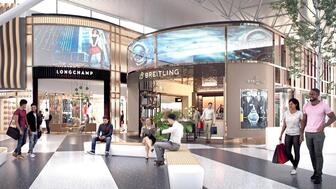
The boutique is slated to open this week inside Terminal 8, offering pre-owned Rolex watches and more to international travelers.

Sponsored by Digital Monitoring Products
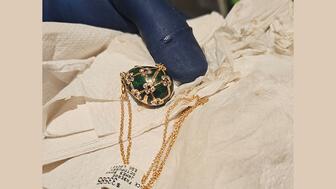
The special-edition egg pendant ingested in a New Zealand jewelry store was recovered after a six-day wait.
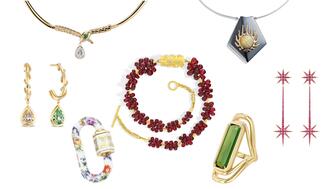
Associate Editor Natalie Francisco plays favorites with Piece of the Week, selecting a standout piece of jewelry from each month of 2025.

The “Love and Desire” campaign is inspired by the magic that follows when one’s heart leads the way, said the brand.
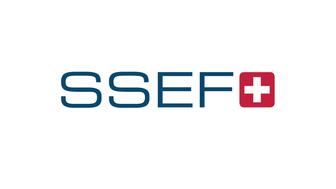
Two awardees will receive free tuition for an educational course at the Swiss lab, with flights and lodging included.

Berta de Pablos-Barbier will replace Alexander Lacik at the start of January, two months earlier than expected.
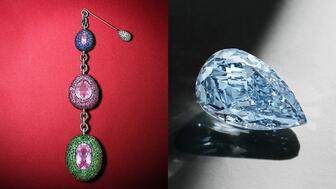
Sotheby’s held its first two jewelry sales at the Breuer building last week, and they totaled nearly $44 million.

Winners will receive free registration and lodging for its fourth annual event in Detroit.
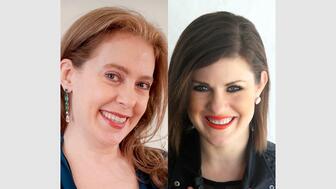
Here are six ideas for making more engaging content for Instagram Reels and TikTok, courtesy of Duvall O’Steen and Jen Cullen Williams.
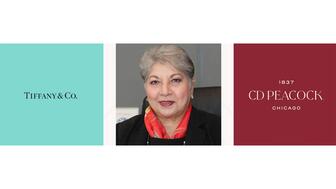
The honorees include a notable jewelry brand, an industry veteran, and an independent retailer.

Carlos Jose Hernandez and Joshua Zuazo were sentenced to life without the possibility of parole in the 2024 murder of Hussein “Sam” Murray.

Yood will serve alongside Eduard Stefanescu, the sustainability manager for C.Hafner, a precious metals refiner in Germany.

Set in a Tiffany & Co. necklace, it sold for $4.2 million, the highest price and price per carat paid for a Paraíba tourmaline at auction.
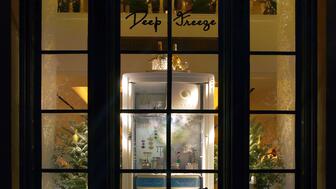
The jeweler’s “Deep Freeze” display showcases its iconic jewelry designs frozen in a vintage icebox.













